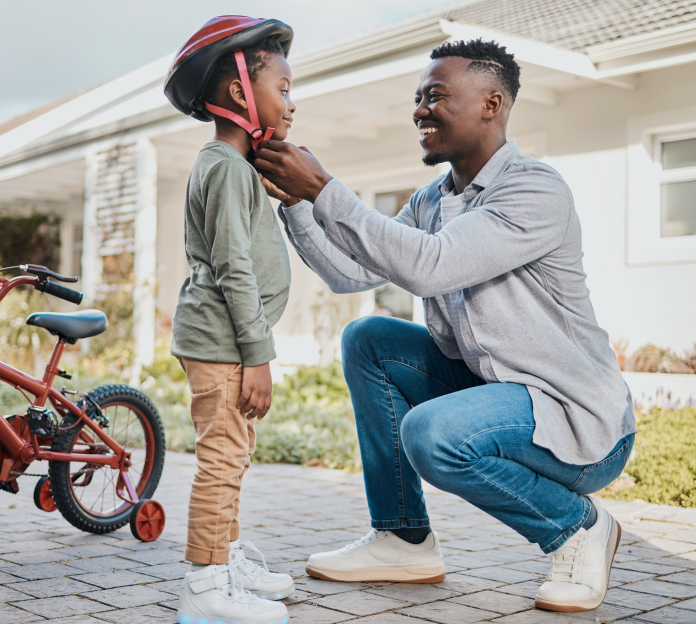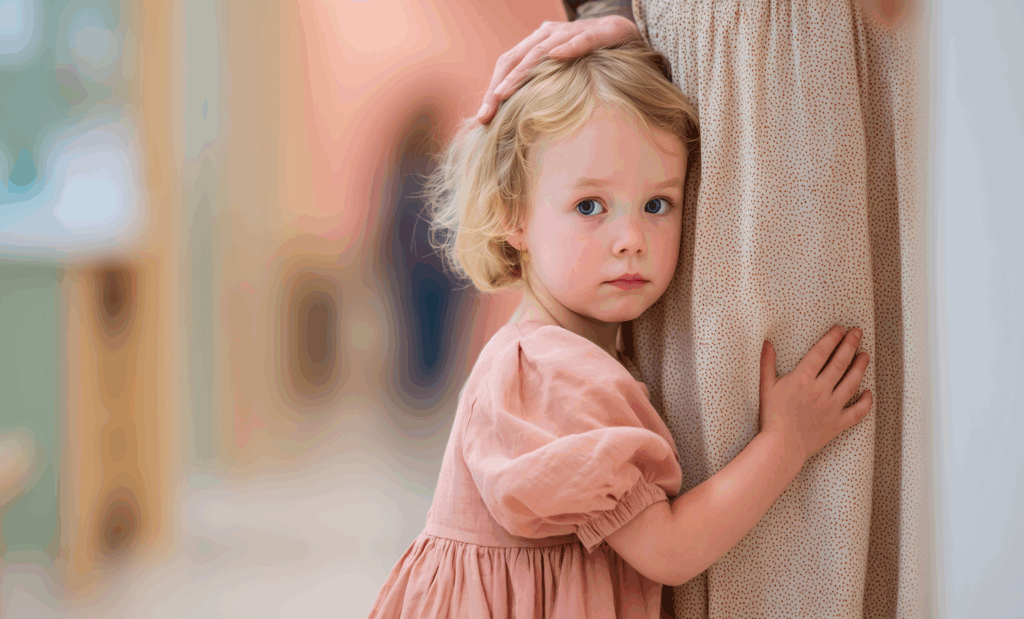Many young kids feel anxious when their parents say goodbye. Sometimes, this is accompanied by crying, tantrums or clinginess, which are categorized as separation anxiety. It’s a temporary and normal developmental stage that kids typically experience, and the duration and intensity of separation anxiety varies from child to child.
If your child starts to become anxious before time apart or is more anxious about separation than their friends, your child could be showing the early signs of a separation anxiety disorder.
Separation anxiety in children: Symptoms and what’s normal
Separation anxiety can start in babies as young as six to seven months old and can peak during the toddler and preschool years.
“In some cases, older kids may experience separation anxiety in new situations or when going away for several nights,” says Lilian McKinley, MD, a pediatrician at Mount Nittany Health.
Babies and young children can experience symptoms such as:
- Not wanting to sleep alone
- Crying when the parent leaves
- Throwing tantrums to stop the parent from leaving
- Clinging to the parent before the separation
Older kids may experience other symptoms in separation situations:
- Lying and other behaviors to avoid going to school
- Changes in behavior as separation approaches
- Excessive worrying about a parent
Could it be separation anxiety disorder?
Sometimes separation anxiety is so bad and chronic that it interferes with daily life; it can be a diagnosed mental health disorder.
“There’s no exact identified reason that causes separation anxiety disorder. It’s most likely a combination of social, biological and psychological factors. Kids with a history of trauma or abuse may be more vulnerable,” says Dr. McKinley.
Symptoms of separation anxiety disorder often start in elementary school between third and fifth grade. These symptoms include:
- Extreme fear of sleeping alone
- Excessive, chronic worry about a parent’s safety
- Refusing to go to school or crying every day before school
- Nightmares
- Physical symptoms such as muscle pain or upset stomach
- Not wanting to be alone
- Chronic worry about getting lost
- Clingy in a way that is not age-typical — like a 10-year-old not wanting to be away from home or would rather be with their parents instead of their friends
How to deal with separation anxiety
A variety of things can cause separation anxiety. Often, it is a normal part of development. Some kids may not experience it at all, while others may struggle when their parent leaves.
Dealing with separation anxiety is hard because, as a parent, your first instinct is to soothe your child and stay with them to calm them. But the truth is that may be worse for both you and your child.
“You want to lead your child toward independence, and you want them to enjoy their time away from you,” says Dr. McKinley.
Here are some ways you can encourage a smooth transition and ease separation anxiety:
Practice separation early
This is especially important for parents who stay home with their child. Don’t wait until preschool or kindergarten to start spending time away from your child. Maybe this is a few hours at a sitter once a week so you can run errands or get chores done at home. As your child gets used to separation, you can gradually increase the time away.
Have a quick goodbye ritual
Keep goodbyes short and sweet. But add in something special for your goodbye. Maybe that looks like three kisses, a big hug and a silly goodbye song. This helps your child know what to expect and be prepared for the transition. Lingering prolongs the transition time and the anxiety.
Be specific and consistent
When talking to your child about when you will return, provide details your child understands. Maybe that sounds like, “I’ll be back after nap.” Then, be consistent in the drop-off routine, what you tell them and return when you say you will return.
Practice separation in low-stress situations
Try practicing drop-off with people and places your child is familiar with. Drop them off at with their grandparents for an hour or two and practice your drop-off ritual so your child can prepare, experience and thrive in your absence.
Be attentive
During departures, give your child your full attention. Be loving and affectionate and follow through with your goodbye ritual despite their crying or efforts to prolong the departure.
Dealing with separation anxiety is hard. However, as a parent, you shouldn’t punish or reward your child, as this type of behavior isn’t a choice but rather an emotional reaction. Try to keep your composure and remain calm to help ease your child’s distress.
“If separation anxiety persists for at least four weeks or is especially distressing to you or your child, it’s time to talk to your pediatrician,” says Dr. McKinley. “We’re here to help you navigate every milestone.”
Pediatrics
Discover more about Pediatrics, including locations and providers, at Mount Nittany Health



